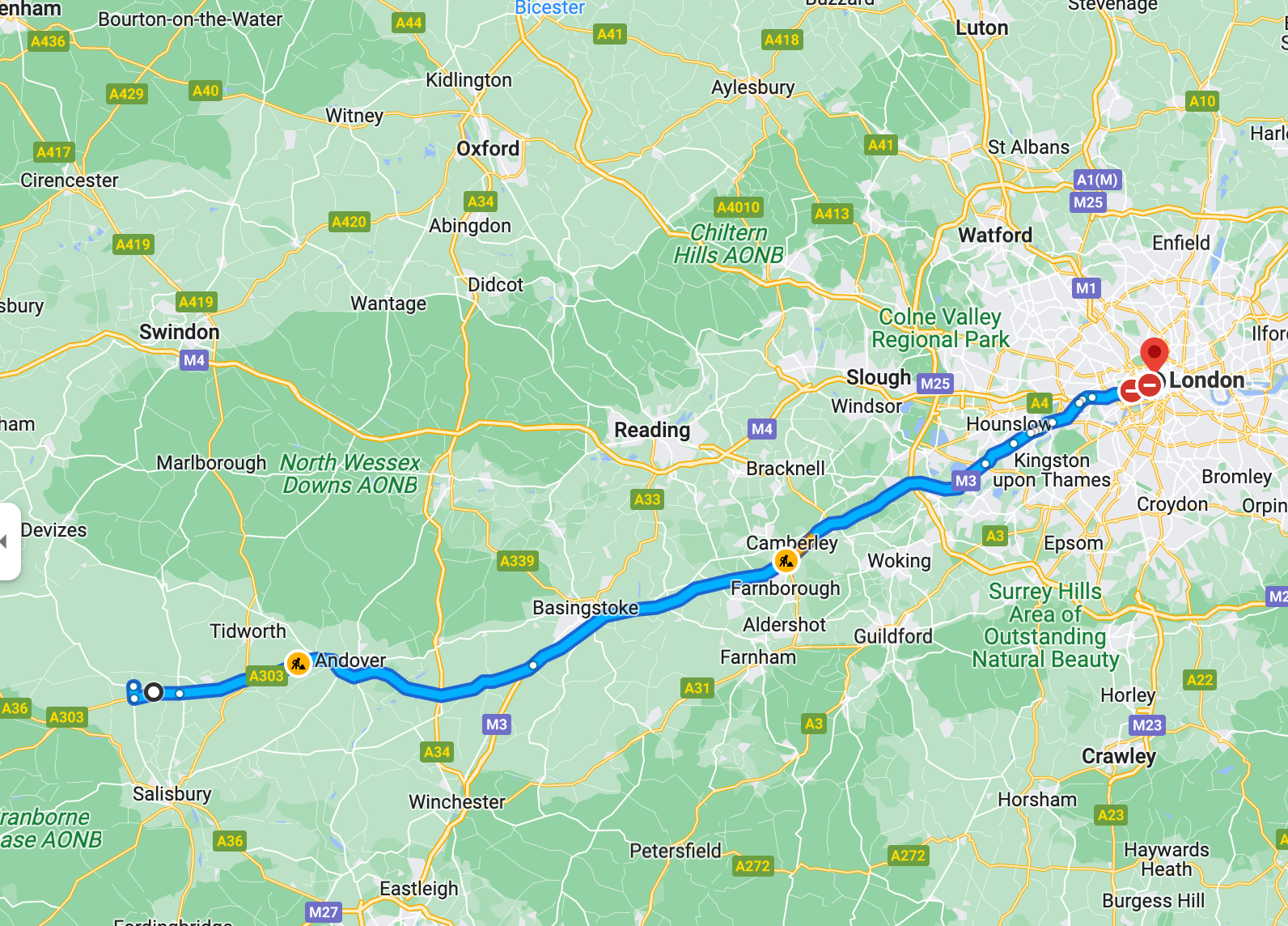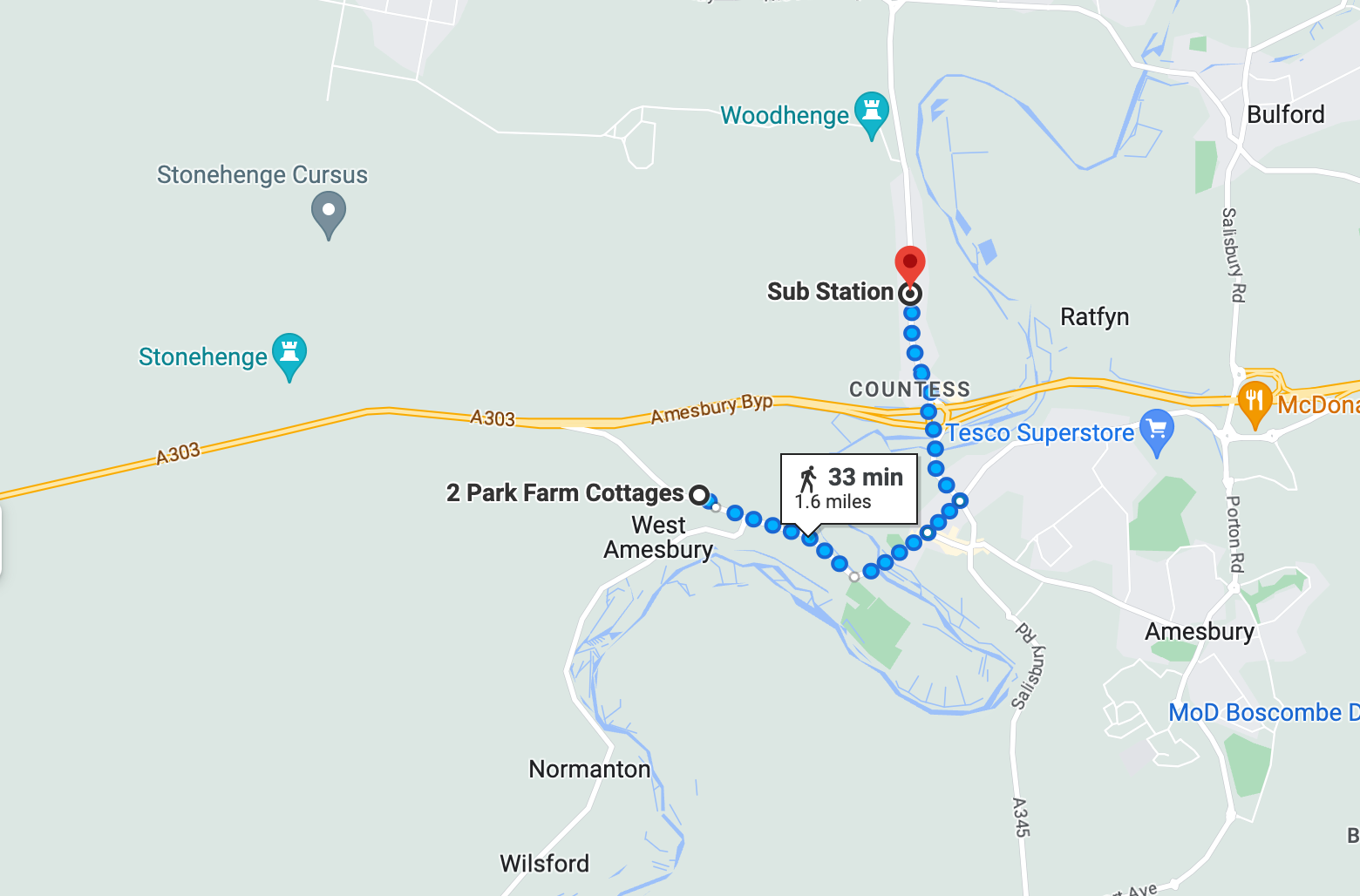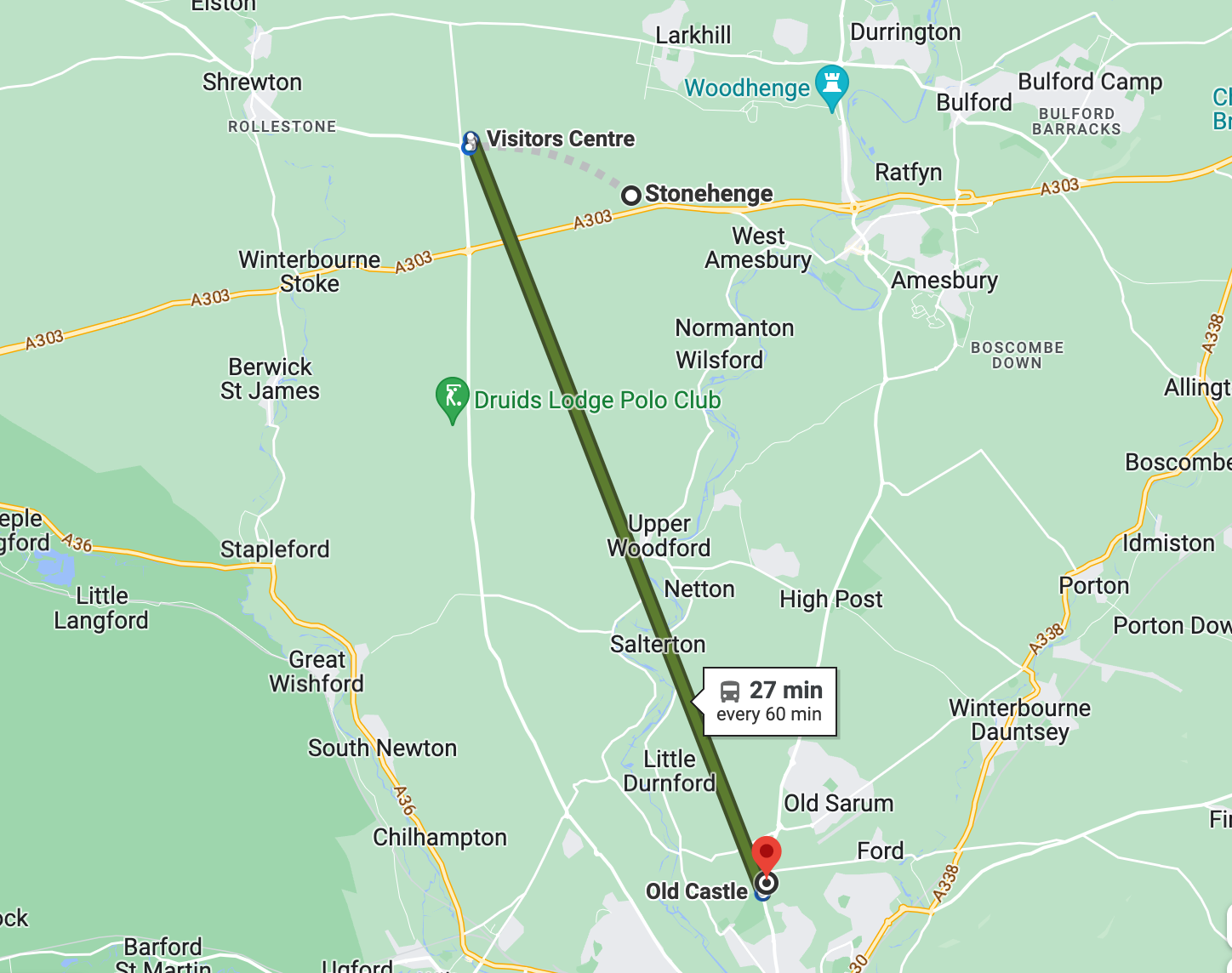8 Mins Read
Stonehenge, located in Wiltshire, England, is a renowned prehistoric monument that has captivated the world with its mysterious and enigmatic allure. The monument is constructed using massive standing stones arranged in a circular pattern and is estimated to be over 4,500 years old. Despite extensive research by scholars and archaeologists, the exact purpose of the monument is still a topic of debate. Many believe that Stonehenge was used for religious or ceremonial activities due to its alignment with astronomical phenomena, adding to its aura of intrigue and fascination.
Stonehenge Opening Dates and Hours
- The opening times of Stonehenge vary depending on the season and day of the week.
- Stonehenge is open year-round to visitors, with limited exceptions.
- During the summer months (June-August), Stonehenge is generally open from early morning until late in the evening.
- In the winter months (December-February), Stonehenge may have shorter opening hours and may be closed on certain days, such as Christmas Day.
Stonehenge Tickets Prices & Availability
- Tickets for Stonehenge can be purchased online or on-site.
- The cost of entry to Stonehenge varies according to the type of ticket and the season.
- Standard adult admission prices range from £19.50 to £23.50, with discounted rates available for seniors, students, and children.
- Visitors have the option to purchase audio guides for an extra fee, and there may be guided tours available for a higher cost.
- Availability of tickets can vary, especially during peak season (June-August), so visitors are encouraged to book in advance to ensure their preferred date and time.
Stonehenge Location & How to get there
Stonehenge is an archaeological site located in Amesbury, Wiltshire, England, with the address SP4 7DE, UK. It is situated in a remote area of Salisbury Plain, about 8 miles (13 km) north of Salisbury and 80 miles (129 km) southwest of London.
Visitors to Stonehenge have several transportation options available to them, including walking, driving, taking a bus, or catching a train.
By walking:
It is possible to walk to Stonehenge from nearby towns such as Amesbury or Salisbury. However, the route is not well-marked, and visitors should be aware that walking along the busy A303 road can be dangerous.
By bus:
Several bus services operate to Stonehenge from nearby towns, including Salisbury and Amesbury. The Stonehenge Tour bus is a popular option, providing a direct service from Salisbury to the monument. Visitors can also take the local bus service from Amesbury, which stops at Stonehenge on the way to Salisbury.
By train:
Regular trains from London Waterloo and other major cities serve Salisbury, which is the nearest train station to Stonehenge. From the station, visitors can take the Stonehenge Tour bus or a local bus to reach the monument.
Once visitors arrive at Stonehenge, they will need to make their way to the Visitor Centre, which is located approximately 1.5 miles (2.4 km) from the monument itself. From the Visitor Centre, visitors can take a shuttle bus or walk to the monument along a designated pathway. It is not possible to drive or park near the stones themselves, as the area is protected as a UNESCO World Heritage site.
Parking places near Stonehenge
Stonehenge has ample parking available for visitors, with a large car park located near the Visitor Centre. The car park is open year-round, and parking is free for visitors who have pre-booked their admission tickets. Those who have not pre-booked their tickets may still park at the site, but they will be required to pay a parking fee.
Visitors should be aware that there is no parking available near the monument itself, as the area is protected and access is restricted. The designated parking area is located approximately 1.5 miles (2.4 km) from the monument, and visitors will need to take a shuttle bus or walk along a designated pathway to reach the stones.
In addition to the on-site parking, there are also several parking options available in nearby towns such as Salisbury and Amesbury. Visitors who are staying in these towns may find it more convenient to park there and take public transportation or a tour bus to Stonehenge.
Overall, visitors should plan for their trip to Stonehenge and consider their transportation options carefully to ensure a smooth and hassle-free visit. Pre-booking admission tickets and parking in advance can help to save time and ensure that visitors have a stress-free experience at this iconic and mysterious monument.
Tips
For visitors planning a trip to Stonehenge, several tips can help to ensure a memorable and enjoyable experience:
Book tickets and parking in advance: During peak season, Stonehenge can be very busy, so it's important to book tickets and parking in advance to avoid disappointment.- Visit early or late in the day: To avoid crowds, consider visiting Stonehenge early in the morning or later in the afternoon when the site is typically less busy.
- Dress appropriately: Stonehenge is located in an open, exposed area, so visitors should dress for the weather, wearing comfortable shoes and bringing a raincoat or umbrella if necessary.
- Follow the designated paths: Visitors are not allowed to touch or climb on the stones, so it's important to follow the designated paths and respect the protected area.
- Take advantage of audio guides and tours: Audio guides and tours are available for an additional fee and can provide valuable insights into the history and significance of Stonehenge.
- Allow plenty of time for your visit: Stonehenge is a unique and fascinating attraction, and visitors should allow plenty of time to explore the site and learn about its history and significance.
Other attractions nearby Stonehenge
Situated in Wiltshire, England, Stonehenge is renowned as one of the most enigmatic and well-known prehistoric structures globally. However, many other attractions in the area are worth visiting, making it an ideal destination for history and nature lovers. This article will explore several other nearby attractions in the vicinity of Stonehenge.
Avebury, a nearby destination, is equally captivating and a popular choice for visitors. This prehistoric monument, constructed around 2600 BC, is a Neolithic henge consisting of three stone circles, two stone avenues, and a large earthwork enclosure. It is a UNESCO World Heritage Site, and visitors can delve into its rich history and significance in the region. Additionally, the charming village surrounding Avebury offers visitors the chance to explore quaint shops and restaurants.
Salisbury Cathedral, located near Stonehenge, is an impressive example of Gothic architecture from the 13th century. Its historical significance includes being one of the four original copies of the Magna Carta, an important document that helped shape modern democracy. Visitors can enjoy a tour of the cathedral and marvel at its beautiful stained glass windows and intricate stonework. The cathedral also has a stunning cloister garden that visitors can wander through and appreciate.
Nature enthusiasts should not miss the opportunity to visit the New Forest National Park near Stonehenge. Covering an area of over 200 square miles, the park is a haven for wildlife such as deer, ponies, and birds of prey. Visitors can immerse themselves in the serene and picturesque environment by walking, cycling, or horseback riding. In addition to natural wonders, the park also boasts charming towns and villages where visitors can indulge in the local cuisine at traditional pubs and restaurants.
For those interested in military history, the Tank Museum in Bovington is a must-visit attraction near Stonehenge. The museum has an impressive collection of tanks and armoured vehicles from around the world, including some rare and unique examples. Visitors can learn about the history and technology of armoured vehicles and see how they have been used in various conflicts throughout history. The museum also has interactive exhibits and demonstrations that allow visitors to experience what it's like to operate a tank.
If you're looking for a fun and family-friendly attraction near Stonehenge, Longleat Safari Park is a great choice. The park is home to over 1,000 animals, including lions, tigers, giraffes, and monkeys, and visitors can see them up close on a safari drive-through experience. In addition to its natural beauty, the New Forest National Park also offers several other attractions, such as a maze, adventure playground, and boat rides on the lake, making it an exciting and diverse destination for visitors of all ages.
Finally, for those who enjoy a good pint of beer, the Stonehenge Brewery is a must-visit attraction near Stonehenge. The brewery produces a range of delicious and award-winning beers, using locally sourced ingredients and traditional brewing methods. In the brewery, visitors have the opportunity to take a tour and gain insight into the brewing process. Additionally, they can sample a selection of the brewery's beers in the taproom.
While Stonehenge is undoubtedly an impressive attraction, the area surrounding it offers a wealth of other sights and activities worth exploring. From the mysterious Avebury and military history at the Tank
Museum to family-friendly attractions like Longleat Safari Park, visitors are spoilt for choice. Whether you're passionate about history, or nature, or simply looking for a fun day out, there is something for everyone to enjoy near Stonehenge.
General Questions
Hi there! Have some questions about Stonehenge Find the answers below.
-
What is Stonehenge?
Stonehenge is an ancient prehistoric monument made up of a ring of standing stones, some of which weigh as much as 25 tons. The monument is thought to have been built between 3000 and 2000 BC, although its purpose and significance are still a topic of debate among historians and archaeologists
-
Why was Stonehenge built?
Stonehenge's purpose and meaning are still a subject of speculation, and there are several theories about why it was built. Some suggest that it may have been used for religious or spiritual purposes, while others believe it may have served as an astronomical observatory or a place for healing. Another theory is that it was a burial site for high-status individuals. However, there is no definitive answer, and the mystery of Stonehenge remains unsolved.
-
How was Stonehenge built?
A: Stonehenge was built using a combination of brute force and sophisticated engineering techniques. The stones were quarried in different parts of the country and transported to the site using a combination of rollers, sledges, and boats. They were then erected using a system of mortise and tenon joints and held in place using specially shaped stones called lintels.
-
Can I touch the stones at Stonehenge?
To prevent damage and erosion, visitors are not allowed to touch the stones at Stonehenge. Nevertheless, visitors can still take photos and get very close to the stones.
-
Can I go inside Stonehenge?
To preserve the historical and cultural significance of Stonehenge, visitors are not permitted to go inside the circle of stones. This is because the site is fragile, and allowing people to enter would increase the risk of damage or erosion. However, visitors can walk around the perimeter of the site on a designated path to view and appreciate the monument from different angles
-
How long does it take to visit Stonehenge?
The average visit to Stonehenge takes around 2 hours, including time to explore the site and learn about its history. However, some visitors spend longer if they take a guided tour or visit other nearby attractions.
-
Is Stonehenge accessible for people with disabilities?
Yes, Stonehenge is accessible to people with disabilities. The site has a designated parking area for disabled visitors, and there are paved paths and ramps leading to the monument. There are also audio tours available for people with visual impairments.
-
Is there a gift shop at Stonehenge?
Certainly, there is a gift shop available at Stonehenge where visitors can buy souvenirs, books, and other items that are related to the site.
-
Can I visit Stonehenge at any time of the year?
Stonehenge is open to visitors year-round, except December 24 and 25. However, it's important to note that opening hours may vary depending on the season, so visitors are advised to check the official website for the most up-to-date information before planning their visit.
-
Do I need to book in advance to visit Stonehenge?
To avoid disappointment, it is highly recommended to book your tickets in advance, especially during peak season. You can easily book your tickets online or by phone.
Contact us any time
Contact Us
We will get back to you as soon as possible
Please try again later







